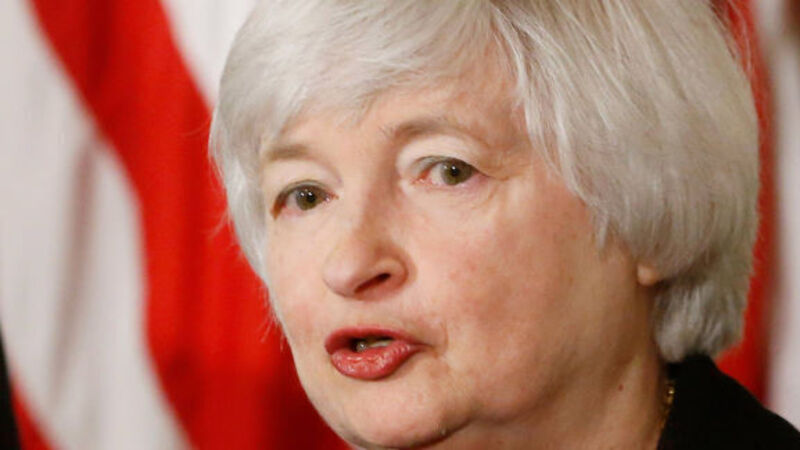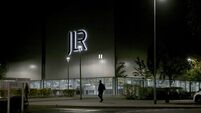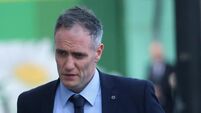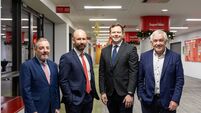As Fed stalls, US economy expands

The risks posed to the US economy from recent global macro and financial market developments were a key determining factor in the Fed’s decision.
The meeting statement noted that “recent global economic and financial developments may restrain economic activity somewhat and are likely to put further downward pressure on inflation in the near term”.
















